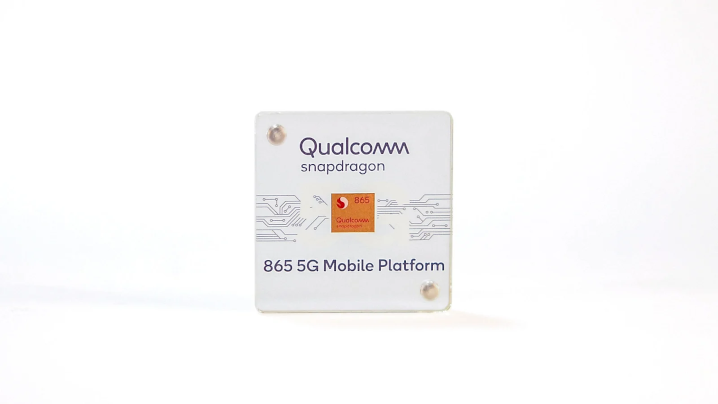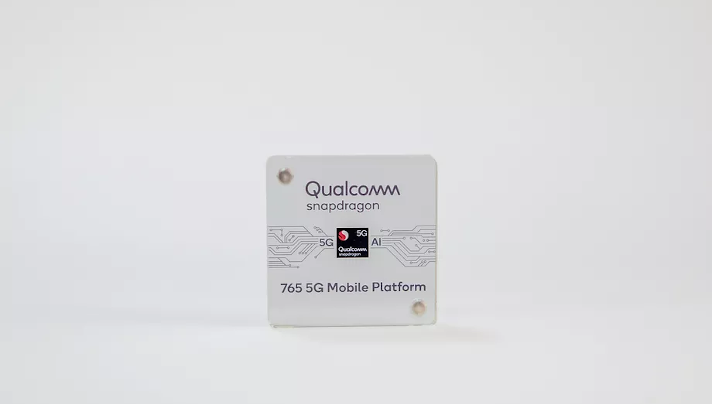 APPS
APPS
 APPS
APPS
 APPS
APPS
After giving the industry a sneak peak at its product roadmap on Tuesday, Qualcomm Inc. today officially unveiled the Snapdragon 865, Snapdragon 765 and Snapdragon 756G, the chips that will power next year’s 5G-enabled Android devices.
The Snapdragon 865 is the company’s new top-end processor. It’s based on a seven-nanometer architecture and uses a separate X55 modem module (which is likewise made by Qualcomm) to provide 5G connectivity.

The chip heavily improves upon last year’s Snapdragon 855, the processor that powers flagship handsets such as the Google Pixel 4 and the Samsung Galaxy S10. Qualcomm has boosted the onboard central processing unit’s maximum speed by 25% while making the graphics processing unit 25% faster across the board. The company upgraded the chip’s more specialized compute modules as well, in a bid to enable new features on next year’s mobile devices.
First up is the Hexagon artificial intelligence module. Compared with last year’s version, the new Hexagon provides twice as much processing power for a total of up to 15 trillion operations per second. Qualcomm said that this gives the Snapdragon 865 enough horsepower to perform real-time AI translation locally on the user’s device.
Also new is the Spectra 480. It’s the chip’s image signal processor, the component responsible for converting raw footage from phone cameras into a usable digital form. Qualcomm said that the Spectra 480 will enable handset makers to build devices that shoot video in 8K and capture still photographs with a resolution of up to 200 megapixels.
On the networking side, devices that pair the Snapdragon 855 with Qualcomm’s X55 5G modem will support peak download speeds as fast as 7.5 gigabits per second. That’s twice more than the Snapdragon 765 and Snapdragon 756G that the company debuted in conjunction.

The two chips are aimed at midrange phones priced lower than flagships such as the Pixel 4. The processors are not quite as fast as their top-end sibling, but they have built-in 5G support that removes the need for handset makers to add a separate modem to their devices.
That design decision may go a long way towards advancing 5G adoption. By bundling all the necessary components into a single package, Qualcomm will make it easier for handset makers to bake high-speed connectivity into their devices.
“This third-party Modem-RF system design provided in Qualcomm’s Snapdragon 765 and Snapdragon 765G will no doubt be very attractive to Tier 2 OEMs and new entrants that often lack the right expertise for designing radio systems,” said Malik Saadi of ABI Research. “This approach will become even more critical as 5G radio design will increase in complexity, and new RF and RF front-end features and components will need to be integrated into these designs.”
At the competitive level, meanwhile, Qualcomm’s integrated approach gives it a technical edge over the rival chip makers. “Most of their modem competitors, including MediaTek, UNISOC, Hisilicon, Samsung, and Apple, still lack key RF components in their portfolios,” Saadi said.
Qualcomm expects that the first wave of devices featuring its new chips will hit the market in the first quarter of 2020.
THANK YOU